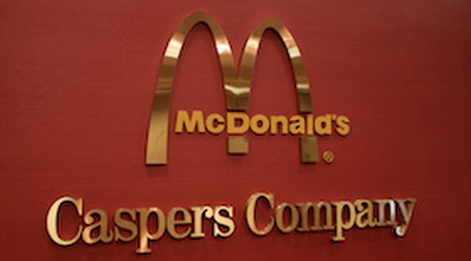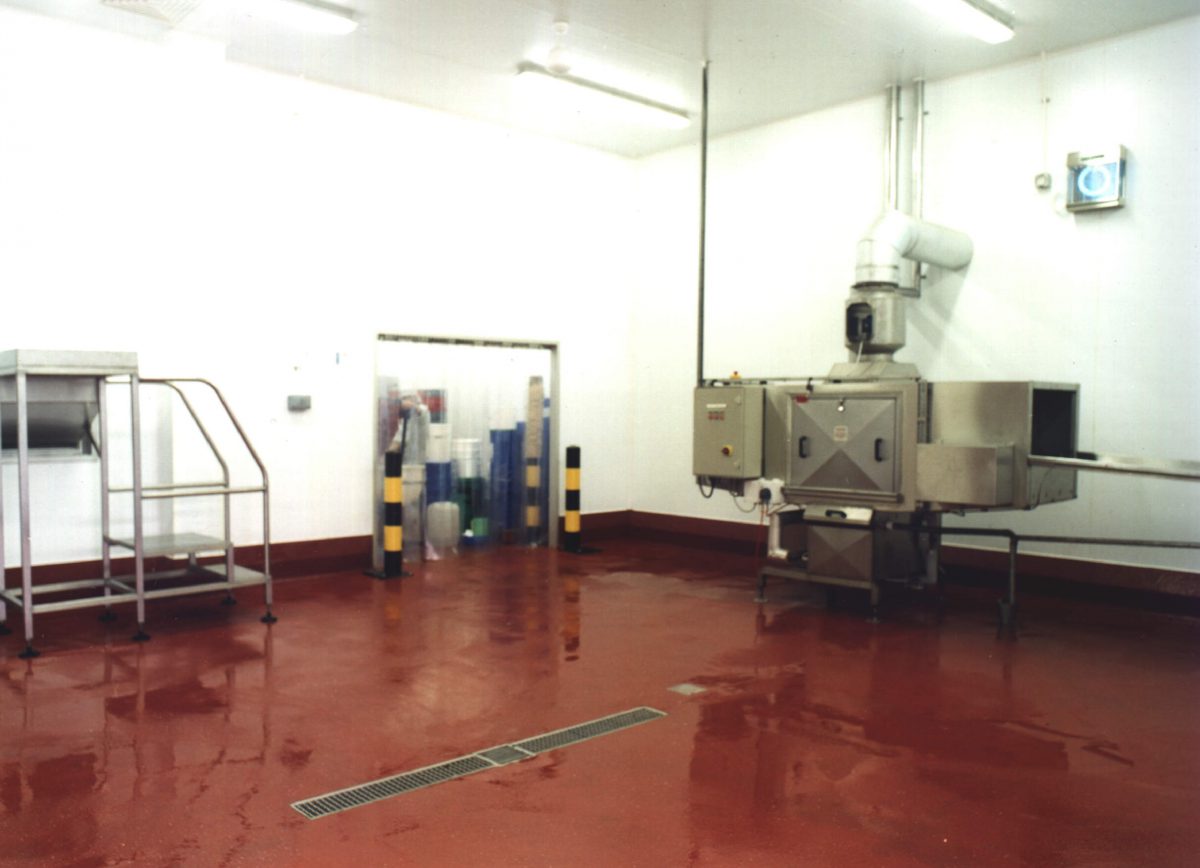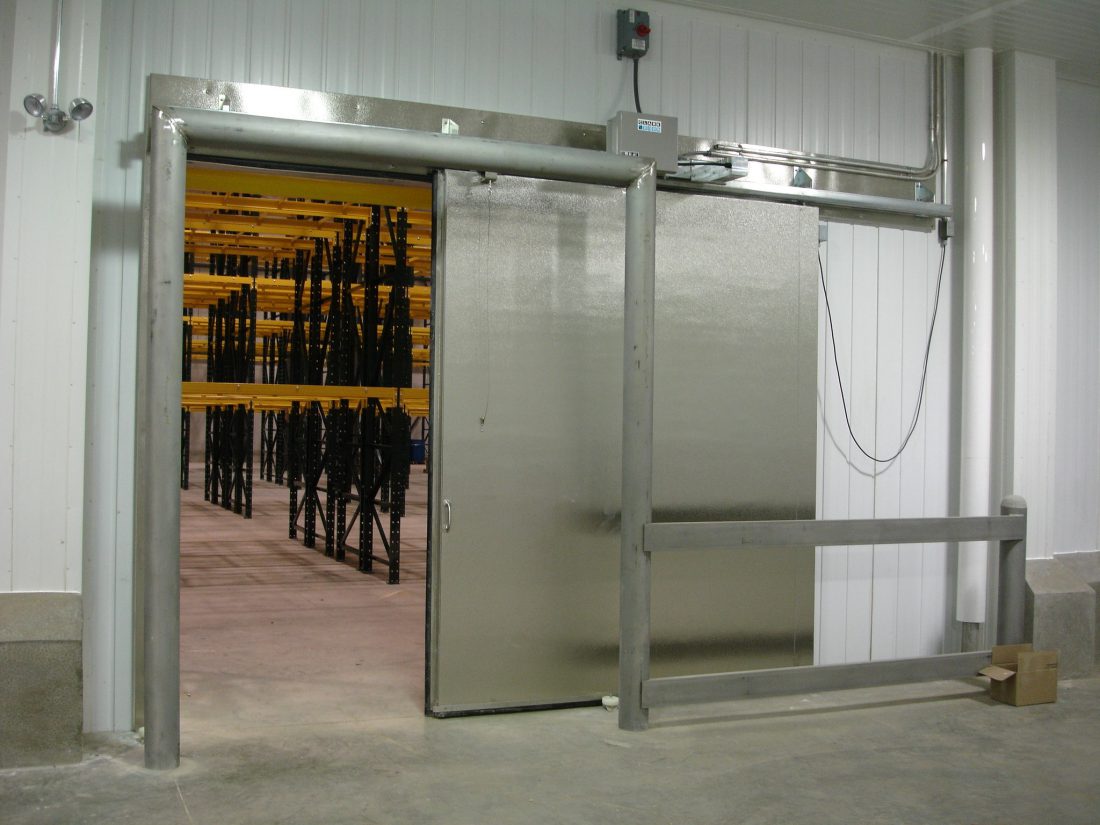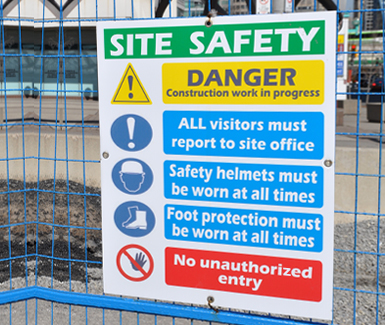Cold Storage Distribution: How Caspers is Utilizing Packaged Refrigeration Systems
Photo courtesy of Shecco Media
One of Florida’s oldest third-party logistics companies is introducing one of refrigeration’s newest innovations into its new cold storage facility: low-charge packaged refrigeration systems. With a focus on moving to eco-friendly refrigerants, McDonald’s franchisee Caspers Cold Storage and Distribution will be cooling its new warehouse with an ammonia/ CO2 and low-charge ammonia DX system. Because Stellar will be designing and building the new systems, Accelerate America editor Andrew Williams interviewed Stellar’s Brandon France to learn more about the project. Check out the feature article, “I’ll have CO2 and ammonia with that” in this week’s blog post to learn more about how the company is using low-charge refrigeration systems to lower costs, reduce installation time and utilize green refrigerants.






![[SlideShare] 5 Crucial Components Your Food Business’ Strategic Plan Must Include](https://stellarfoodforthought.net/wp-content/uploads/2016/06/Screen-Shot-2016-06-22-at-1.35.20-PM.png)
![How Does Your Food Business’ Strategic Plan Stack Up? [Downloadable Checklist]](https://stellarfoodforthought.net/wp-content/uploads/2016/06/Screen-Shot-2016-06-15-at-1.57.35-PM.png)



